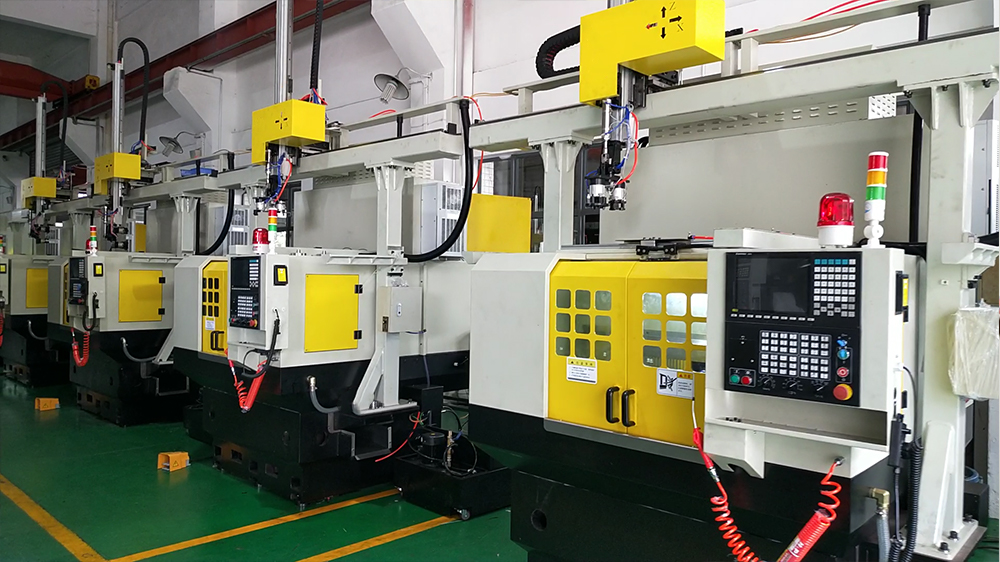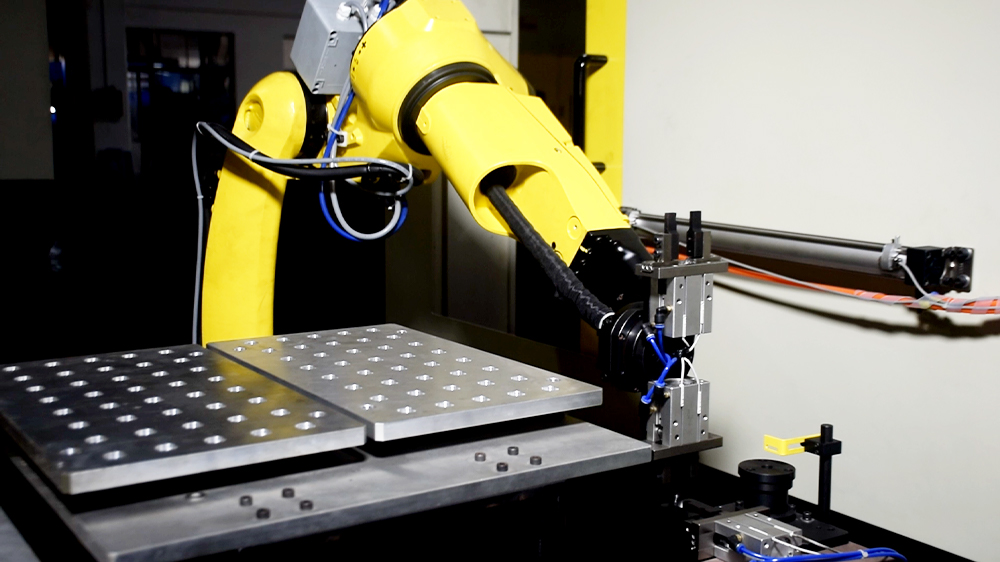
Truss automation and multi-joint joint automation are two key technologies that are gaining popularity in the field of manufacturing and processing. These technologies have the potential to improve the efficiency and productivity of processing operations, making them more suitable for a wide range of applications.
Truss automation involves the use of automated systems to design, manufacture, and assemble truss structures. This technology is typically used for applications that require high precision, such as in the construction of bridges and buildings. The use of truss automation allows for the creation of complex structures with high levels of accuracy, which is essential for ensuring the structural integrity of these structures.
One key advantage of truss automation is its ability to reduce the amount of time and labor required to design and manufacture truss structures. With the use of automated design and manufacturing processes, truss structures can be created quickly and efficiently, which can help to reduce the overall cost of production. In addition, truss automation can also improve the accuracy and consistency of truss structures, which is essential for ensuring their structural integrity.
Another key advantage of truss automation is its ability to improve the safety of truss manufacturing operations. By using automated systems to design, manufacture, and assemble truss structures, workers are exposed to fewer safety hazards. This can help to reduce the risk of accidents and injuries in the workplace, which is essential for improving the overall safety of the manufacturing process.

Multi-joint joint automation, on the other hand, involves the use of automated systems to design, manufacture, and assemble complex joints. This technology is typically used for applications that require high levels of precision and accuracy, such as in the construction of machinery and robotics. The use of multi-joint joint automation allows for the creation of complex joints with high levels of accuracy, which is essential for ensuring the structural integrity of these structures.
One key advantage of multi-joint joint automation is its ability to improve the speed and efficiency of joint manufacturing operations. With the use of automated design and manufacturing processes, complex joints can be created quickly and efficiently, which can help to reduce the overall cost of production. In addition, multi-joint joint automation can also improve the accuracy and consistency of complex joints, which is essential for ensuring their structural integrity.
Another key advantage of multi-joint joint automation is its ability to improve the safety of joint manufacturing operations. By using automated systems to design, manufacture, and assemble complex joints, workers are exposed to fewer safety hazards. This can help to reduce the risk of accidents and injuries in the workplace, which is essential for improving the overall safety of the manufacturing process.
In terms of which technology is more suitable for a processing plan, it ultimately depends on the specific requirements and needs of the operation. If the processing plan involves the creation of truss structures, then truss automation would be the more suitable technology. This is because truss automation is specifically designed for the creation of truss structures, and can provide the high levels of accuracy and precision that are required for these applications.
On the other hand, if the processing plan involves the creation of complex joints, then multi-joint joint automation would be the more suitable technology. This is because multi-joint joint automation is specifically designed for the creation of complex joints, and can provide the high levels of accuracy and precision that are required for these applications.
In conclusion, both truss automation and multi-joint joint automation are valuable technologies that can improve the efficiency and productivity of processing operations. While each technology is more suitable for specific applications, both can provide significant benefits in terms of reducing the cost of production, improving the accuracy and consistency of structures, and improving the safety of the manufacturing process.
Do you want to know more?
Please click to browse the electronic catalogue